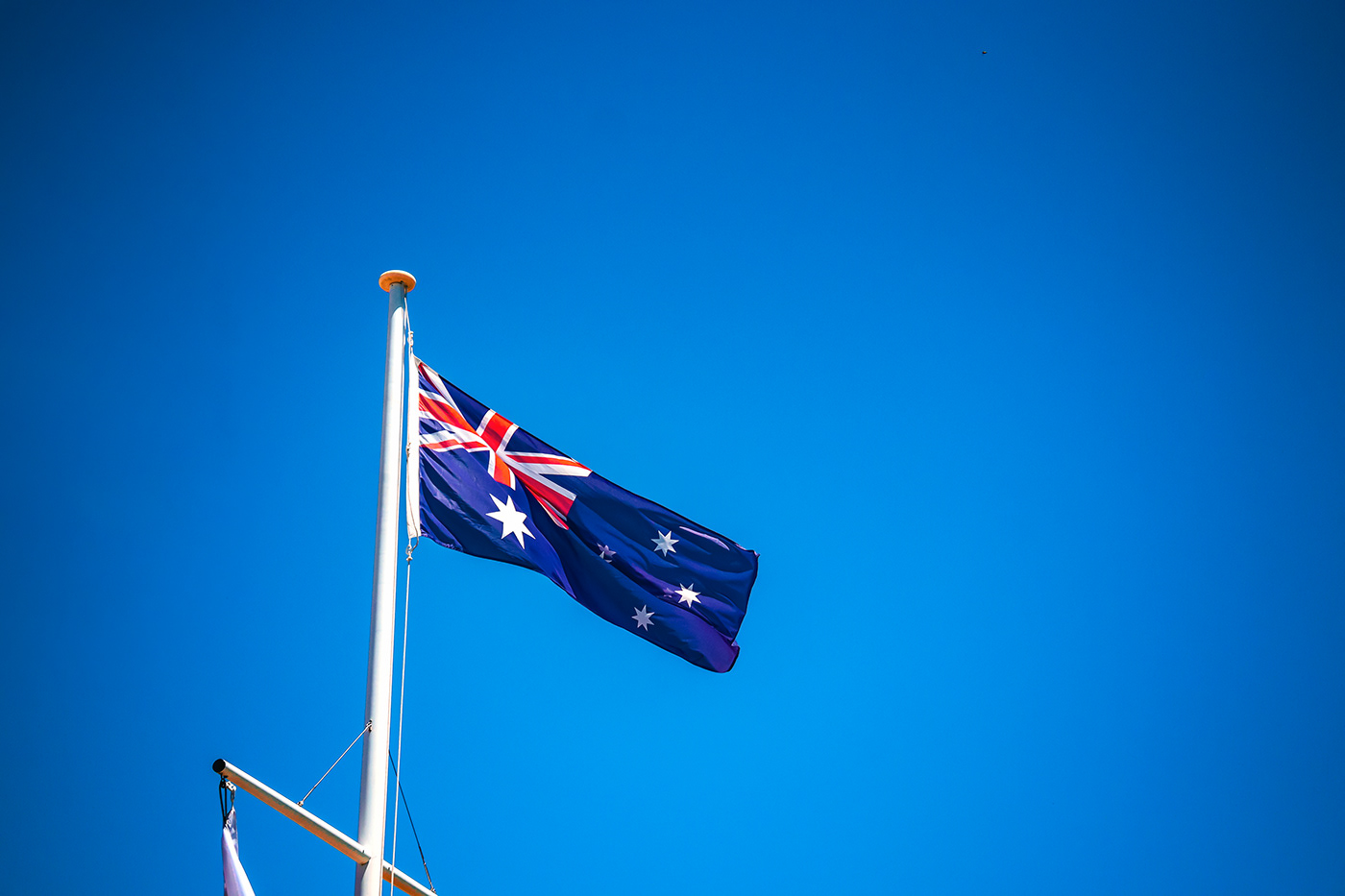
Colour
Colour is the visible spectrum of radiation reflected of an object. colours component's are hue, saturation and value.

Balance
Balance is the sense of equilibrium or equality. As a design principle, balance places the parts of visual image/art in a pleasing way.

Value
Value is a measurement of lightness or darkness or tone of grey in a image. An areas value is its relative brightness or darkness.

Contrast
Differences in colours, values, shapes, and other elements which is used to create visual excitement and add interest to an image. Opposite to contrast is similarity.

Emphasis
Emphasis is used to create focus or something that stands out. The above image uses the vast emptiness of the ocean to symbolize the figure's loneliness and isolation, hence emphasizing his loneliness.

Pattern
Pattern uses elements in planned or random repetition to add visual excitement.

Typography
The art of making written language pleasing and exciting to the eye to read.

Variety
Variety consists of the differences in objects that add interest to a visual image/art. Can be achieved through strong contrasts.

Repetition and unity
Unity is the harmony of the whole composition of the image. Elements look as though they blend together. Repetition is patterns that make the art work/visual image appear more attractive. The above image's repetition creates unity.

Line
line is a element of length, defines the position direction of the visual design which can connect one point to another and also define shape.

Scale
Proportion refers to relative size and scale of various elements in a design such as subjects in the image above. The issue is the relationship between objects, or parts of a whole.

Movement
Movement is used to show movement through/and or in an image an image.

Volume
Volume is used to show weight in a visual image. Conveyed in height, width, and depth.

Rhythm
The repeated visual movements of elements. Visual equivalent of a musical beat.

Shape
An enclosed space defined by a line or by contrast (shapes are 2d)

Space
The distance or area around or between elements of an artwork. Areas between elements are negative space.

Texture
Texture is the feel of a image, what the image feels like to touch. The tactile appearance.

Form
Form is 3d objects which are defined by volume or space to appear visually pleasing.

Harmony
All the parts of the visual image relate to and complement each other to create a photo that is relaxing and visually pleasing.
